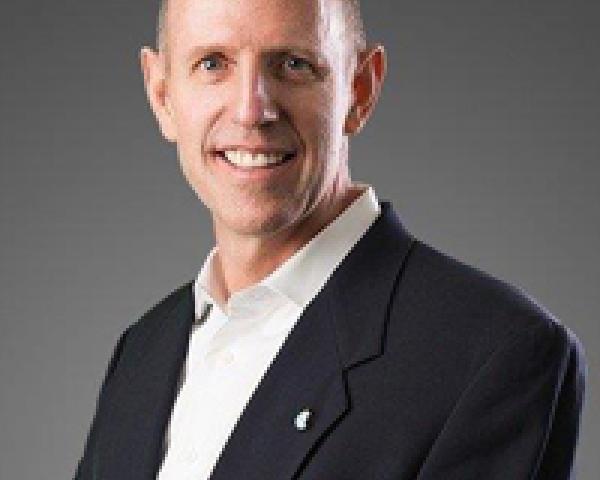The math says no. Attempts at making costs transparent only touch a tiny fraction of healthcare spending.
During the ‘90s, a new medical plan, called consumer-directed healthcare, was introduced. It was based on the premise that through a high deductible coupled with a funded account, employees would have incentives to become better consumers of healthcare. To maximize the account dollars, employees received access to a transparency portal, either through their carrier or a private vendor, that helped them make more informed healthcare decisions. The belief was that physicians and hospitals would compete on price and quality to win patients, and the consumerism movement would finally reduce healthcare costs.
But let's do some math.
A recent article from
Health Care Cost Institute (HCCI) reported that only 43% of healthcare expenses are for services that may have been shopped for by a motivated employee.
For the 8% of the population consuming 80% of plan dollars, how motivated are they to shop for healthcare services if they are receiving 100% coverage once their deductible is satisfied? They aren't. So the consumerism approach doesn't apply to that 80% of healthcare spending.
See also: 3 Tips for Improving Healthcare Literacy
For the other 20% of the spending, having 43% relate to “shoppable” healthcare services means 8.6% of total spending can be influenced by consumerism. That’s not much, and many shoppable healthcare services don’t cost much, anyway, so any decline in costs would be a minimal percentage of total spending.
The vast majority of a covered population accesses healthcare on an occasional basis; do we really expect them to remember the various portals and 800-numbers available to them, so that they can consider the cost and quality of the recommended provider for the prescribed service? How does infrequent healthcare use correlate to the effectiveness of the transparency portals?
One of the private transparency portals recently released its fourth quarter results, and there was a decrease in the number of clients.
See also: A Hospital That Leads World on Transparency
So how do we solve the healthcare spending challenge?
As in most industries, the purchaser (the employer) has the opportunity to work closely with the supplier (the healthcare providers) to remove waste and cost inefficiencies. The silver bullet to solving the healthcare challenges isn't employees – it's the employers!
There are employers taking this logical next step to address their challenges. Are you ready for meaningful solutions?



